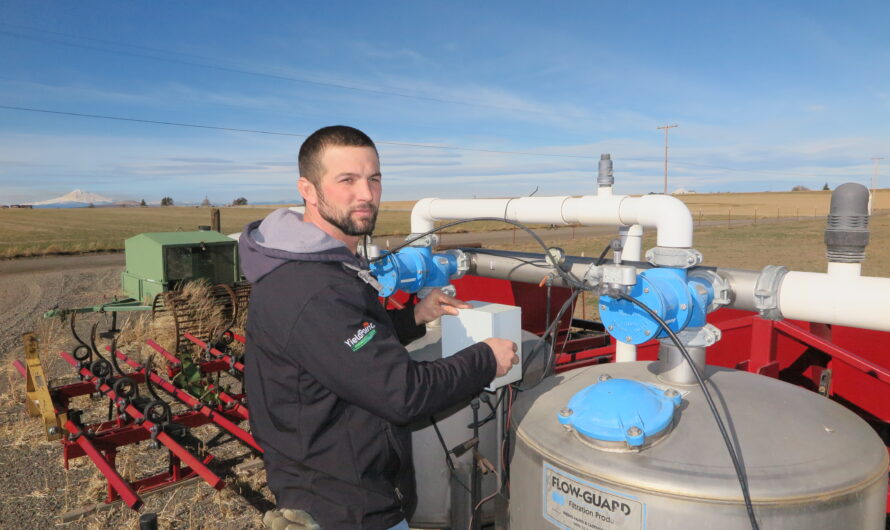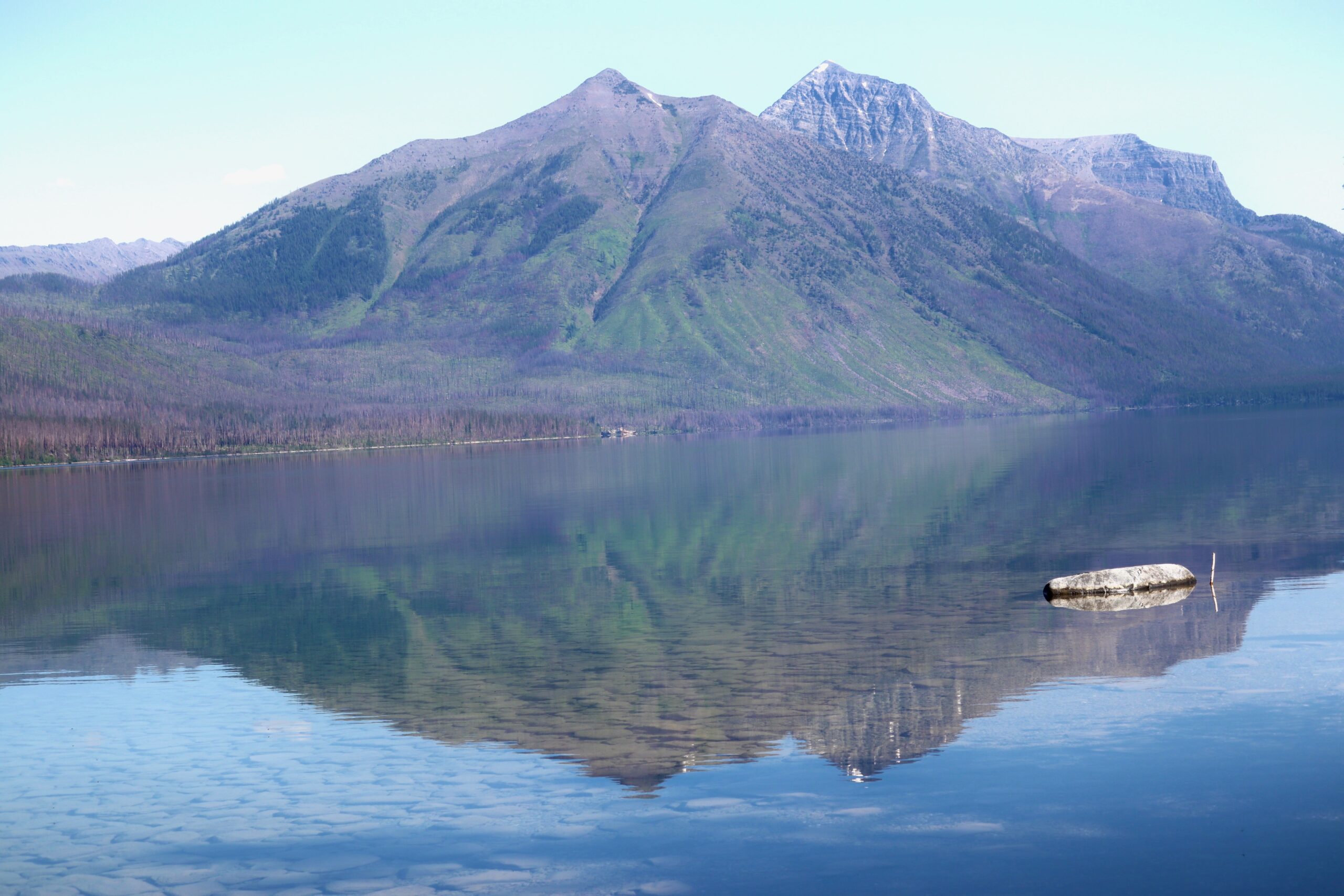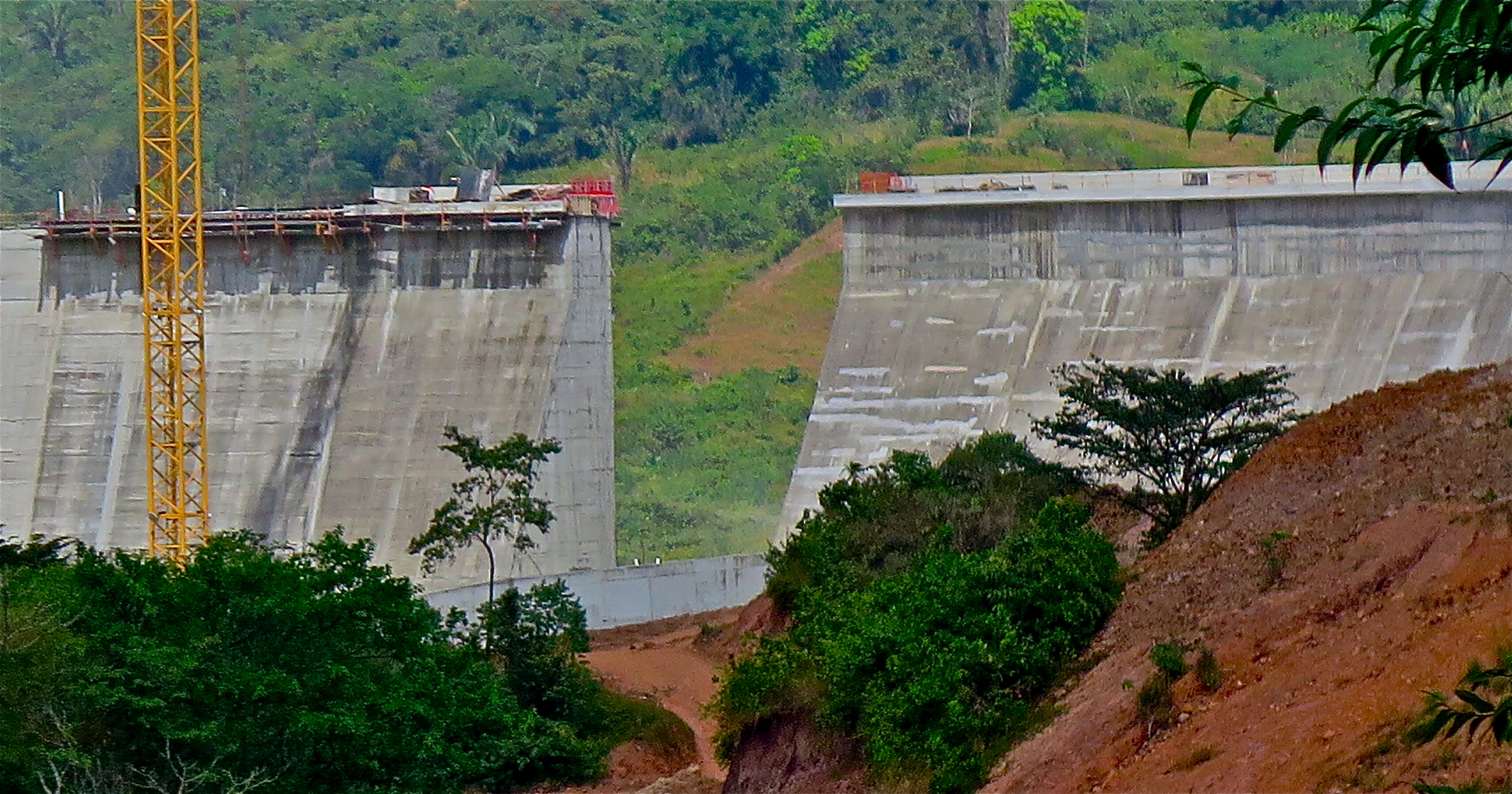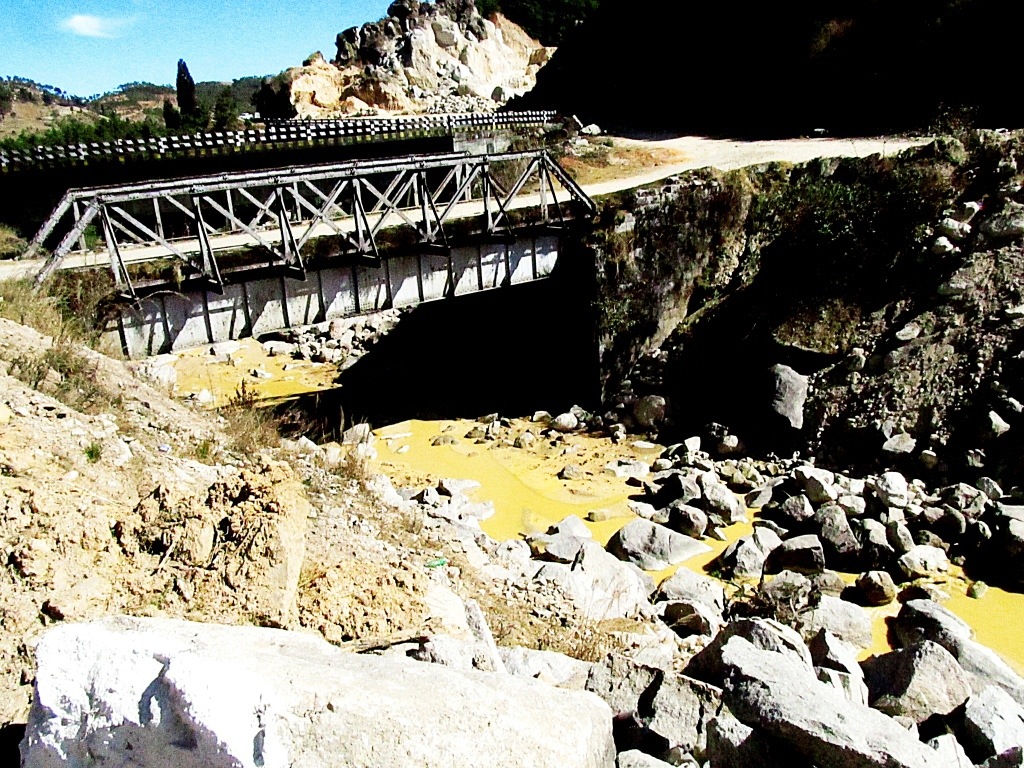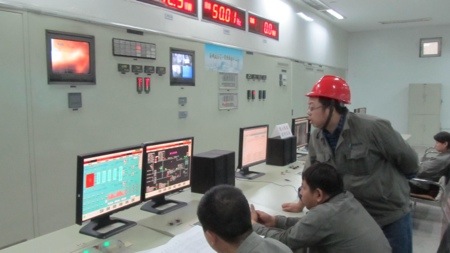Ethanol and Methane Put US Farms at Center of US Energy Strategy
With the exception of federal and state programs to convert corn into ethanol and soybeans into biodiesel to fuel cars and trucks the United States has never regarded farming as a primary energy producer. That changed when Congress passed the climate provisions of the Inflation Reduction Act last August. The law provides $140 billion in tax incentives, direct loans, and grants to replace fossil fuels with cleaner renewable energy that lowers emissions of carbon dioxide. …
